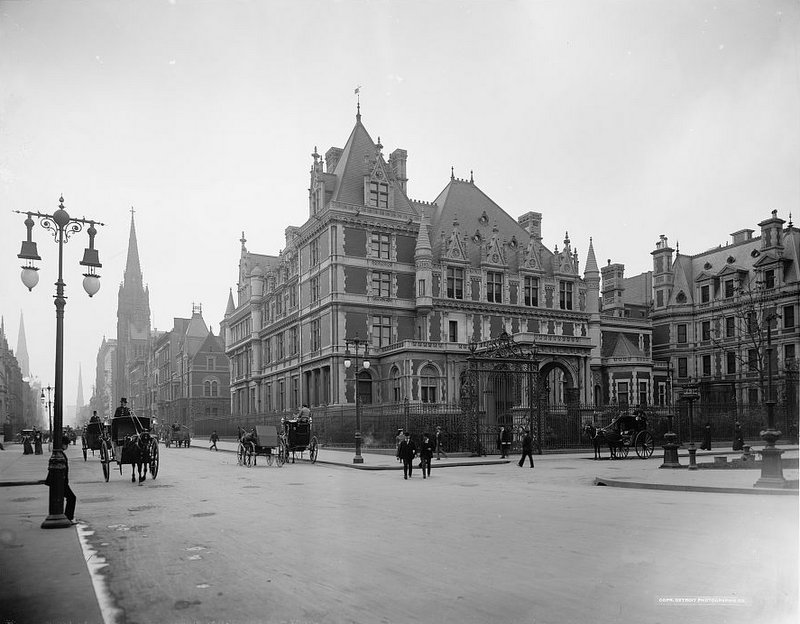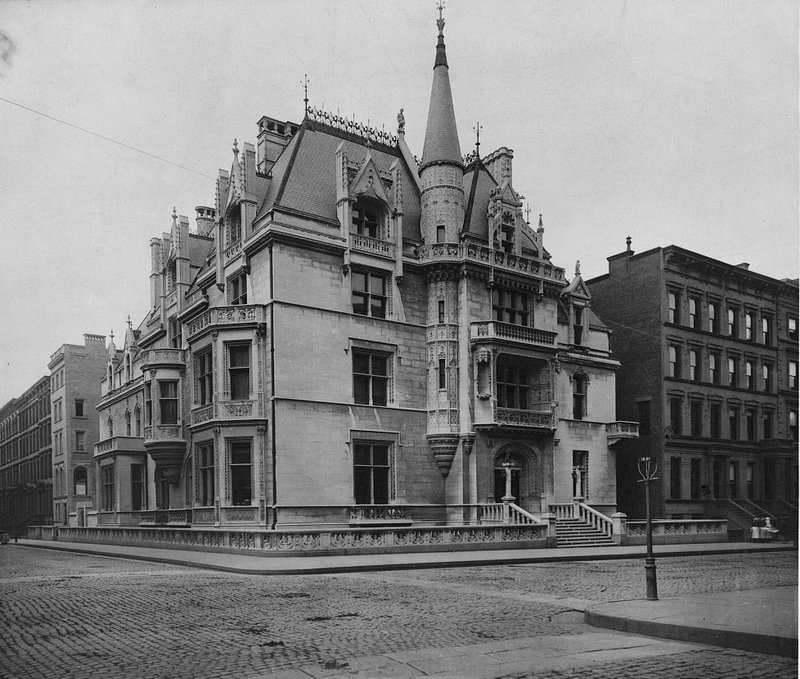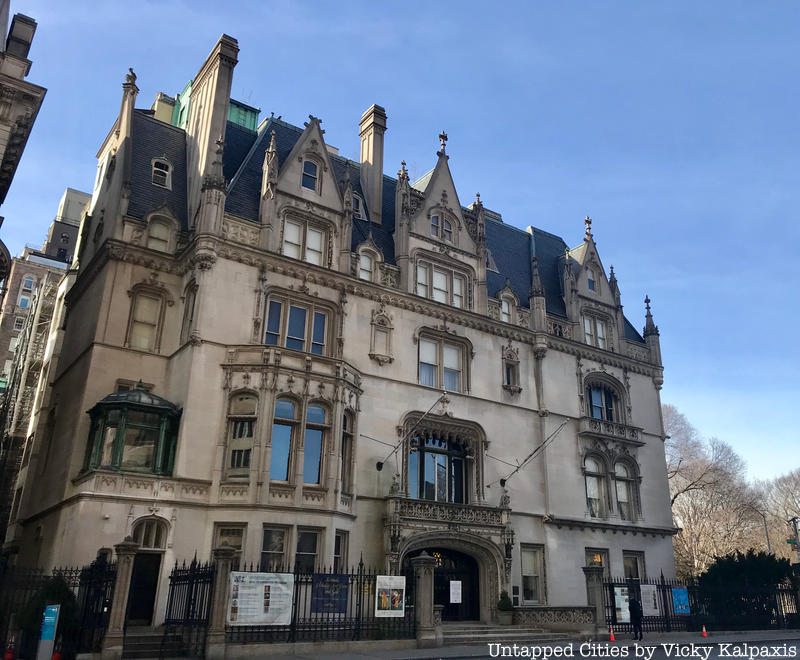
New York City’s Fifth Avenue in Manhattan has been associated with glamour and wealth since the 1800s. However, when this now-iconic street was first laid out, it was given a rather humdrum name, Middle Road. The undeveloped parcel of land Middle Road cut through, which was sold in 1785 to raise municipal funds for the newly established nation, would become the epicenter of New York City’s high society. As the 18th century turned into the 19th century and the Gilded Age began, the 1811 Commissioner’s Plan renamed Middle Road Fifth Avenue. Development of the city moved northward, led by millionaires who built palatial homes on the largely empty swaths of land. The string of fabulous Gilded Age mansions along 5th Avenue that stretched from 59th to 78th Street was dubbed the “Gold Coast,” and “Millionaire’s Row.” While many of the grandiose 5th Avenue mansions of New York City’s 19th and early 20th-century millionaires have been lost to time, there are some that remain intact today, serving as homes for non-profits, museums, and cultural organizations. Here, we revisit Gilded Age mansions of 5th Avenue, both past and present:
1. William K. Vanderbilt Mansion at 660 Fifth Avenue: Demolished

Richard Morris Hunt, the architect commissioned to design a home for William K. Vanderbilt and his ambitious wife Alva, “knew his new young clients very well,” writes Arthur T. Vanderbilt II in Fortune’s Children, “and he understood the function of architecture as a reflection of ambition. He sensed that Alva wasn’t interested in another home. She wanted a weapon: a house she could use as a battering ram to crash through the gates of society.” Alva’s home needed to stand out against all the other Gilded Age mansions. Alva crashed through the gates of society in the Spring of 1883 with her “Fancy Dress Ball.” Until that groundbreaking ball, Alva, part of the new money rich, was not welcomed into the established New York City social scene ruled by Mrs. Astor.
Besting Mrs. Astor’s 400, Alva invited 1,200 of New York’s finest to her ball. Mrs. Astor was conspicuously left off the guest list, until she came calling at Alva’s door, symbolically bowing to the new order as she sought an invitation for her and her daughter. Inside Alva’s home, guests were greeted in a hall built of stone quarried from Caen, France. The interiors were decorated from trips to Europe, with items from both antique shops and from “pillaging the ancient homes of impoverished nobility.” The Vanderbilts affectionately referred to their mansion as the Petit Chateau. Sadly, the mansion was demolished in 1926 after being sold to a real estate developer and in its stead rose 666 Fifth Avenue, an office tower.






